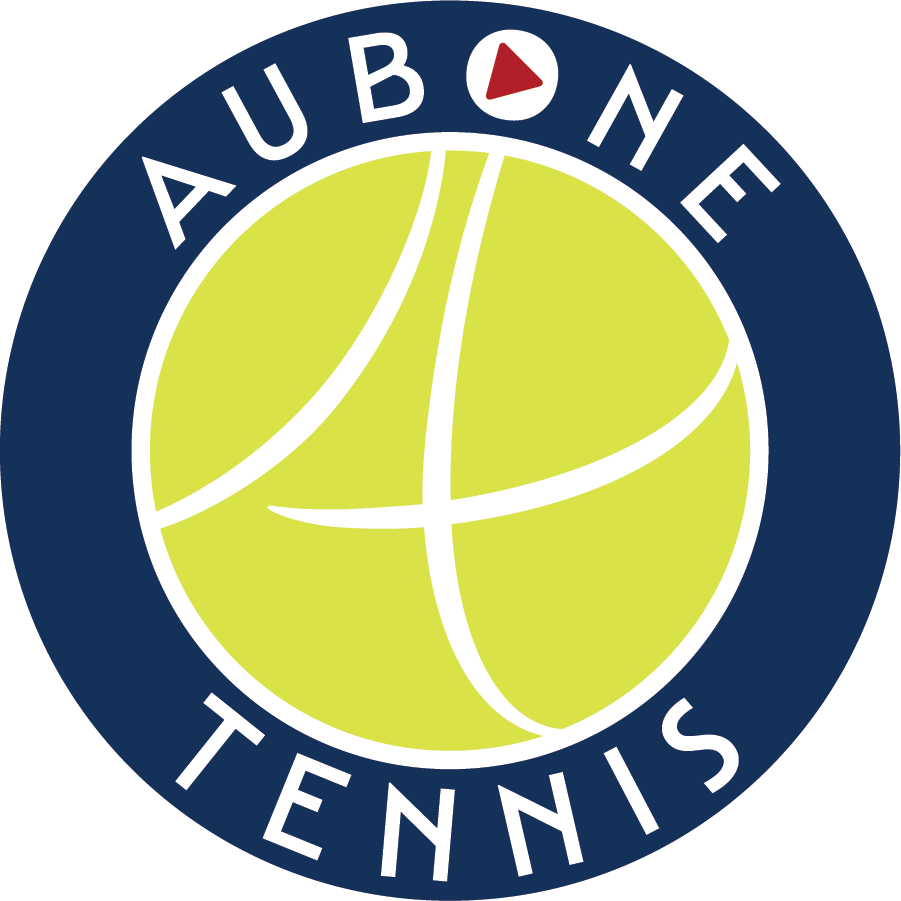Coaching Tennis Is Easy. Coaching A Player Is Hard.
Strictly coaching the tennis aspect of the game can be easy. High percentage is cross court. On the run is open stance. Contact point in front. Follow through. Weight forward. All that and more.
Even the non coaches who’ve watched and studied tennis for years as a hobby can point out basic things that are done incorrectly.
But when you’re coaching a player, you’re not just coaching the game. You’re coaching the person. Their personality. The moment. The day. The energy. The mood. Everything that doesn’t have to do with actually hitting the ball.
All of that needs to go into a coach’s decision about when to (or not to) correct a mistake, how to do it, what tone of voice to use, what words to use, and how long to speak for.
That is an extremely hard thing to do because at times, the best thing to do as a coach is nothing at all. The player isn’t always ready to absorb information. If you speak at the wrong time, they’ll get mad. If you speak in the wrong tone of voice, they’ll get even more mad. And if you do all of that for too long….. practice will go downhill from there.
Lots of coaches hate that. They want to be able to speak whenever they want. If the player isn’t ready to listen, then they think that’s the player’s problem. And that’s a mistake. That coach cares more about their voice being heard than the success of the player. And those coaches won’t last too long with high level players because the players won’t want to work with them anymore.
Parents have a tendency to make this mistake when they get involved with their child’s tennis. They’re use to parenting, which means when a child does something wrong, you immediately teach them the right thing to do. But in tennis, you can’t do that. You have to read the situation. Is the player ready for the information? Or are they so angry you need to let them be? You might even have to tell them to use their breathing routines to calm down JUST so you can coach them in a few minutes, not for right then and there.
Or! Or……did the player try to do the right thing, and they simply didn’t execute? Because if they did try to do the right thing, and you continuously correct them, they’ll get annoyed because they’re trying. They’ll either start to tune you out, or snap.
That one was the hardest for me to learn. Now, after what I think is a mistake, I’ve learned to first ask what the player intended to do. When players are learning new things, they have a tendency to miss badly. They can miss so badly it looks like they were doing something else. But when I ask them what their intentions were, I find out they might have actually tried to do it the right way.
GREAT! No need for me to correct and coach them! They can learn in peace.
So coaches, please continuously feel out the situation. Look at the player’s body language. Take into account what their energy might be like. Take into account your own tone of voice and the words you’re using. There are times to raise your voice and be strong. There are times to be gentle and speak softly. There are times to say nothing at all, and let the player play.
Coach the player as well as the game.
